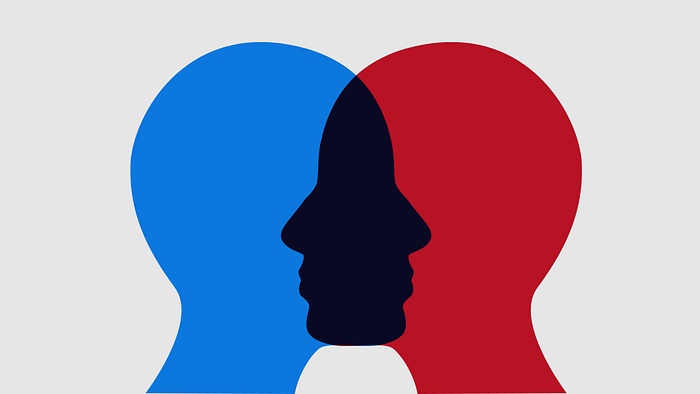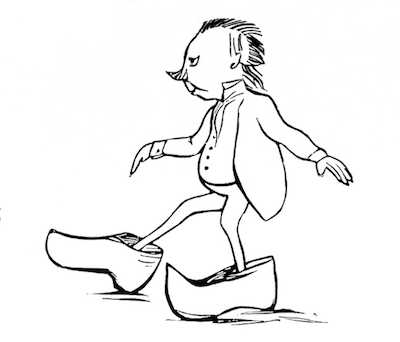
“When creating content, be empathetic above all else. Try to live the lives of your audience.”
– Rand Fishkin, Founder at Moz
If you’re in a career that involves designing for people, you’ve probably been lectured on the importance of empathy. You’ve extracted data from tools such as surveys, empathy maps, and scenarios to ensure the design process incorporates empathy and meets the user’s needs. In the midst of all of this, the meaning of empathy becomes increasingly ambiguous.
Empathizing is the process in which we attempt to feel and understand someone else’s joy and pain. It takes a lot of patience, a lot of listening, and a lot of understanding. But when done right, instead of being a doctor asking our patients where it hurts, we can feel the pain ourselves.
For this reason, empathy isn’t just a buzzword or something we can turn off. It is our job to empathize constantly. If the extent of your empathy runs only to the end of the work day, the discrepancy between the designers and users will be reflected in your products.

Here’s why it’s important to empathize outside of the office:
1. Practice Makes Perfect
“If you don’t talk to your customers, how will you know how to talk to your customers?” — Will Evans, Design Thinker in Residence, NYU
The more we practice talking to our users, the better we will get at circumventing fear, biases, and confusion to get the answers we are looking for.
As designers, we should be in constant communication with our users about the solutions we try to create. With regular and empathetic communication, our users will be able to let down their guard and express both their explicit and implicit needs — allowing us to understand the real issues at stake.
2. Discover Problems You’ve Never Experienced

Everyone, from Congress to designers, wants to solve problems. However, all problem-solving attempts fail if designers don’t — or can’t — relate to their users’ problems. Like social entrepreneur and close friend, Dr. Martin Burt, always tells me: “You can’t give an apple to a woman with no teeth.”
The “war on poverty” is a prime example of a solution devoid of empathy. Despite investing billions of dollars and resources, the government still doesn’t understand why poor people are poor. Instead of a definition that captures the experience of being poor, people in poverty are defined by their income alone. Continuing with Dr. Burt’s analogy, we can’t start to solve this problem by giving the woman an apple or even new teeth. First, we have to ask why or how she lost them. Did she lack transportation to a dentist? Did her insurance expire or were premiums too high? Is she aware of proper dental hygiene?
When a solution fails to address the root cause, its effectiveness will be fleeting, at best.
In your career, you’ll probably create solutions for a broad and diverse population with widely differing backgrounds. You must engage in raw, emotional, unstructured conversations with as many people as you can (especially people from different backgrounds/demographics). These conversations will provide more insight than any structured interview or survey-derived analytics ever could.
3. To be understood, you must understand

“The goal of a designer is to listen, observe, understand, sympathize, empathize, synthesize, and glean insights that enable him or her to ‘make the invisible visible.” — Hillman Curtis
As User Experience designers, it is our job to be understood.
The sixth habit in The 7 Habits of Highly Effective People by Stephen R. Covey is “first to understand, then to be understood.” Covey describes understanding as a quality that must be ingrained in someone’s personality.
A great example of this is the cultural considerations that must be accounted for when designing a user interface. For example, when trying to execute a task, Americans are more accustomed to specifying the action and then the object (“delete file”), where Japanese people tend to first identify the object and then action (“file delete”). Each group’s native language has different structure and composition, leading to confusion when left unaccounted for.
In addition to how we architect information, our cultural associations and expressions affect how we interpret icons, read instructions, and prefer to learn.
Misunderstandings have resulted in everything from multi-million dollar losses to partial meltdowns of nuclear reactors. Understanding others will lead to better research and less mistakes.
4. It’s free!
According to the Nielson Norman Group (NN/G), the average per user cost for a usability study is $171. A casual conversation is quite the bargain compared to the price of a usability study and has the potential to provide just as much value.
Conversations are certainly harder to quantify, but they provide us with a better understanding of our users, just like User Research. Trying to relate to others’ pain is what we do, but empathy constrained to the work day isn’t empathy at all.
“…empathy constrained to the work day isn’t empathy at all.”
With increasingly busy lives and the decline of face to face communication, empathy is easier said than done. In the follow up article, I’ll talk about a few of the things I do to make sure I’m always learning what makes people tick (even when I’m not on the job).

